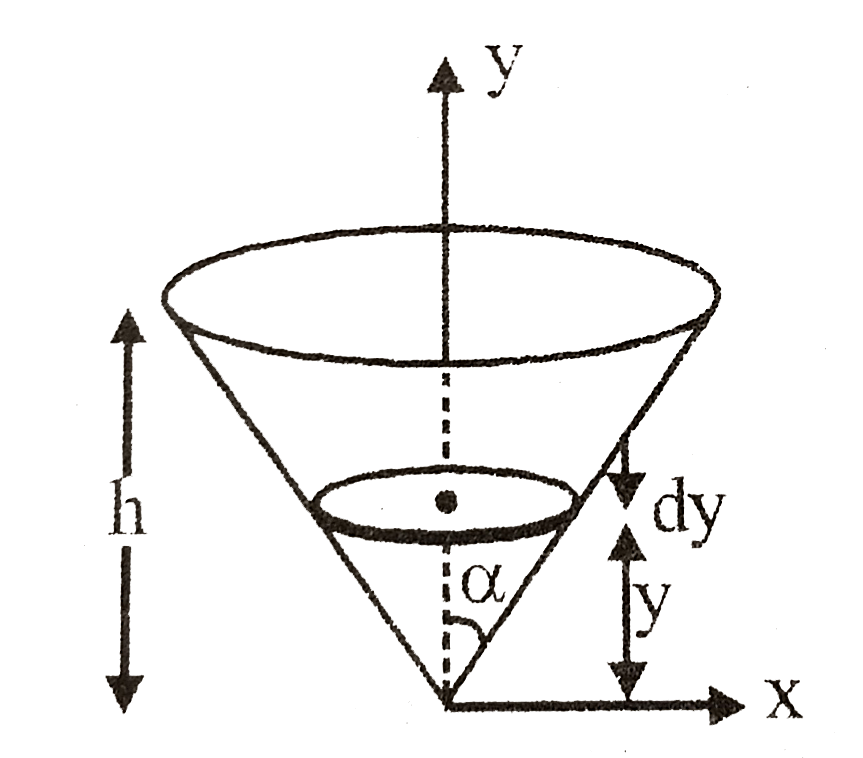Case 1: If you take a ball and push it so that it rolls across a smooth, cemented floor. Wait for the ball to stop by itself. Mark the point at which it stopped by drawing a line on the floor with chalk powder. Measure the distance travelled by the ball using a measuring tape.
Case 2: If you take the same ball and push it the same way as before on a sandy ground. Again, measure the distance travelled by the ball.

In which case, ball will stop first by itself?
In case (b), the ball will stop first by itself. Because of greater irregularities on the sandy surface ball will stop first.
Topper's Solved these Questions
- BOOK - PEARSON IIT JEE FOUNDATIONCHAPTER - FRICTIONEXERCISE - Competition Corner54videos
FRICTION
- BOOK - PEARSON IIT JEE FOUNDATIONCHAPTER - FRICTIONEXERCISE - Classroom Corner (Short Answer Type Questions)29videos
FRICTION
- BOOK - PEARSON IIT JEE FOUNDATIONCHAPTER - FORCE AND PRESSUREEXERCISE - COMPETITION CORNER37videos
FORCE AND PRESSURE
- BOOK - PEARSON IIT JEE FOUNDATIONCHAPTER - HEATEXERCISE - CONCEPT APPLICATION Level 310videos
HEAT
Similar Questions
Case 1: If you take a ball and push it so that it rolls across a smooth, cemented floor. Wait for the ball to stop by itself. Mark the point at which it stopped by drawing a line on the floor with chalk powder. Measure the distance travelled by the ball using a measuring tape.
Case 2: If you take the same ball and push it the same way as before on a sandy ground. Again, measure the distance travelled by the ball.

What do you understand about frictional force in this case?View SolutionThe moving ball on the floor stops after some time because of………
View Solution
Knowledge Check
- Question 1 - Select One
An elastic ball with coefficient of elasticity 1/2 is dropped from rest at a height h on a smooth floor . The total distance covered by the ball is
Amore than 2hBless than 2h but more than 32 hCless than 32 h but more than 43 hDless than 43h - Question 2 - Select One
A batsman hits a cricket ball which then rolls on a level ground. After covering a short distance, the ball comes to rest. The ball slows to a stop because (a) the batsman did not hit the ball hard enough, (b) velocity is proportional to the force exerted on the ball, (c ) there is a force on the ball opposing the motion ,(d) there is no unbalanced forcr on the ball, so the ball would want to come to rest.
Athe batsman did not hit the ball hard enoughBvelocity is proportional to the force exerted on the ballCthere is a force on the ball opposing the motionDthere is no unbalanced force on the ball, so the ball would come to rest. - Question 3 - Select One
A batsman hits a cricket ball which then rolls on a level ground . After covering a short distance, the ball comes to rest, The ball slows to a stop because
Athe batsman did not hit the ball hard enoughBvelocity is proportional to the force exerted on the ballCthere is a force on the ball opposing the motionDthere is no unbalanced force on the ball, so the ball would wan to come to rest.
A ball is projected from a point on a smooth horizontal floor at an angle θ with the horizontal . Speed of projection is u . Ball collides with the floor several times . Find the total time and horizontal distance covered by the ball .
View SolutionName the unbalanced force that stops a ball rolling on the ground.
View SolutionInside a smooth spherical shell of the radius R a ball of the same mass is released from the shown position (Fig.) Find the distance travelled by the shell on the horizontal floor when the ball comes to the lowest point of the shell.
 View Solution
View SolutionA batsman hits a cricket ball which then rolls on a level ground . After covering a short distance, the ball comes to rest, The ball slows to a stop because
View SolutionAn iron ball and a wooden ball of the same radius are released from the same height in vacuum. They take the same time to reach the ground. The reason for this is
View Solution

